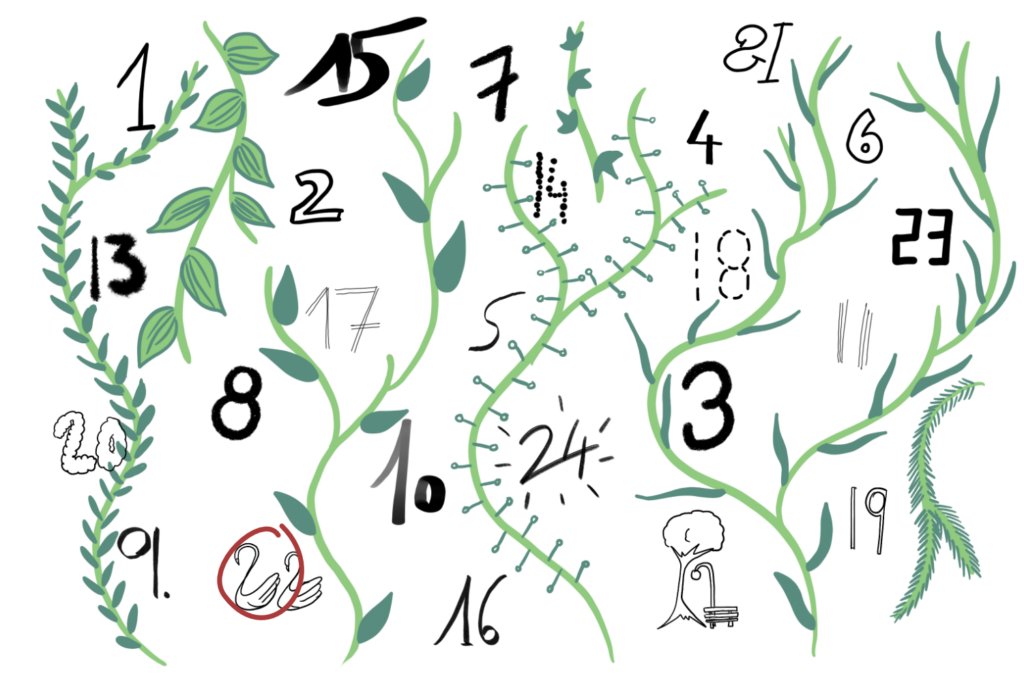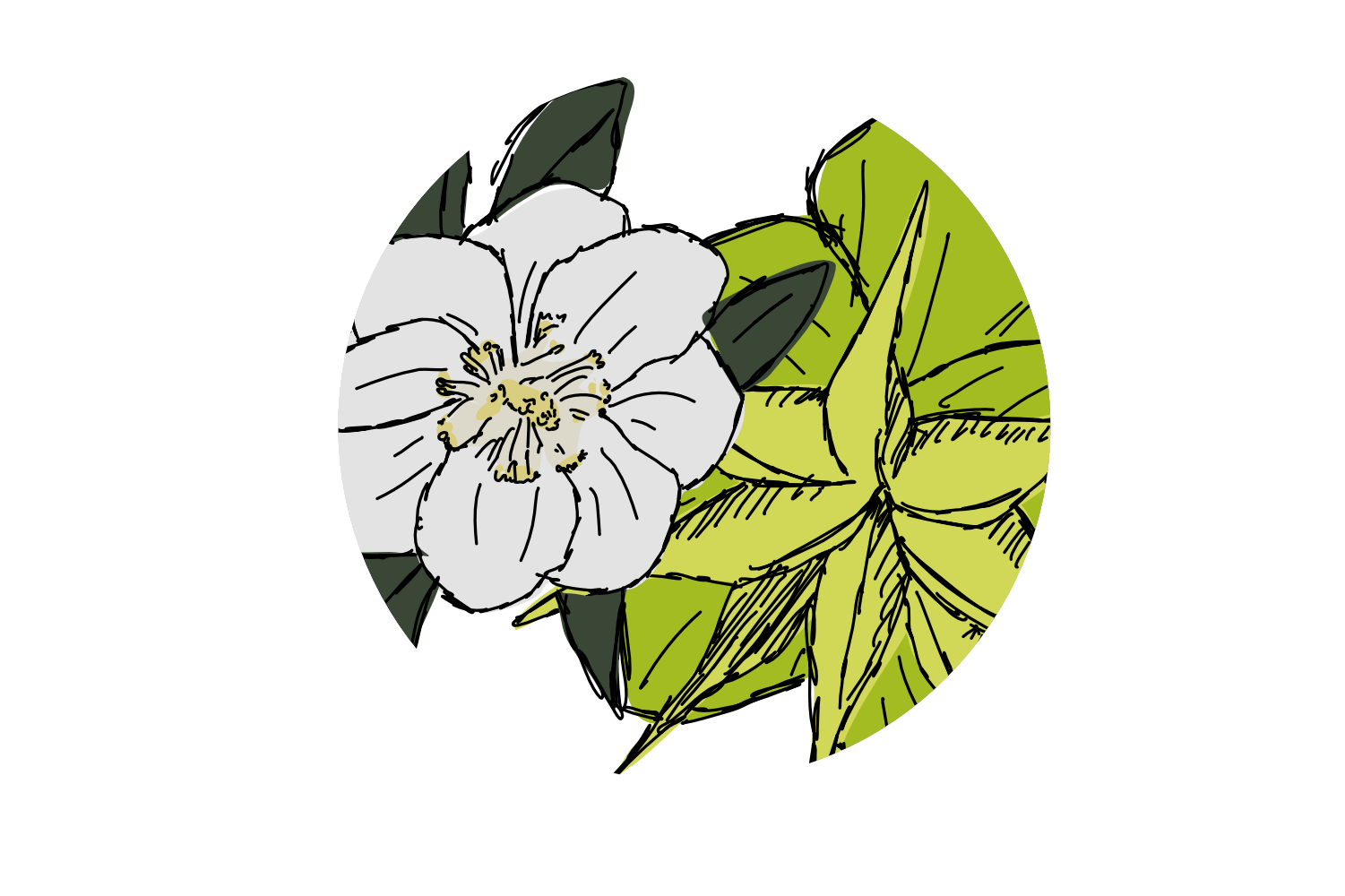Sometimes, adaption means avoiding trouble. Picking a favourable season to grow, a place with no herbivores or choosing a time when there is a surplus of eager pollinators. Sometimes, adaption means powering through all adversities while standing your ground. Today, we talk about the latter.
Alpine plants don‘t have it easy. Growth periods are short as temperatures quickly drop after summer and take a long time to recover at the end of winter. Some plants adapt by growing, flowering, setting and dispersing seeds within a brief period of time, so that they get everything done before winter is back. Others however, simply ignore winter.
The Christmas rose (Helleborus niger) does not wait for warm sunny days to flower. As the name implies, it can flower during Christmas time (the name also suggests it was a rose of the Rosaceae family, which it isn‘t. It just looks like one). Technically, its flowering period is from February to April but depending on its local climate it can start as early as November.
Flowering in winter has one major problem: there is no one around to pollinate. The Christmas rose adapted to this issue by presenting its fully developed stamen for a long time so that it‘s ready for any available insect to take on the job. And in case no pollinator ever comes, the plant is able to self-fertilize and make it to the next generation on its own.
There is another issue for the Christmas rose: once it flowers, its foliage dies off. Without foliage, there is no photosynthesis, and without photosynthesis it is really hard to be actively presenting flowers for a long time. The workaround: the flowers take over photosynthesizing. The petals turn green and are able to churn out about 30 % of the photosynthetic capacity that once was provided by the foliage.

Once fertilized, it takes until summer to develop fruit and seeds, which contain a lot of oil. The oil is a bribe to ants and slugs to help with dispersal of the seeds.
If you want to see some Christmas roses for yourself, they‘re often found in flower shops in winter in Europe – at least that’s where I found one. If you want to see it in the wild, you have to go to the German and Austrian Alps (where I just spent a few days, coincidentally. I didn‘t find the rose in the wild, though). Oh, and if you do come across a specimen, be careful: Christmas rose is a very poisonous plant.
Christmas rose is an impressive fellow. Instead of changing its ways to avoid the trouble of winter, it powers through it. No more leaves? No problem, let the petals do photosynthesis. I‘m quite impressed by this little evergreen, poisonous fake rose.
References
The German wikipedia has much more info than the English version. Time to revisit that German language course!

This post is part of our advent calendar. You can find all posts here.
